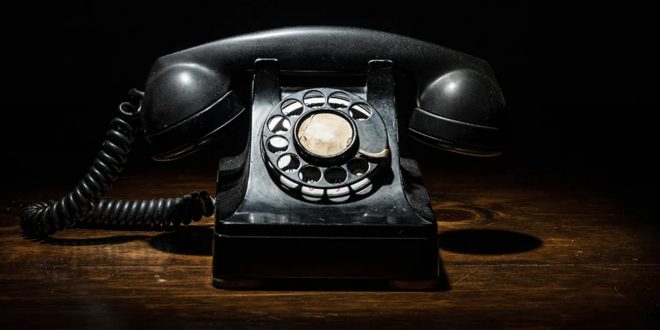A mobile phone advertisement from the 1940s has recently been rediscovered by Open Culture. Long before the iPhone or the brick from the 1980s Wall Street guy, it depicts a functioning mobile phone.
The first part of the advertisement tries to explain the advantages of being mobile and able to communicate.
The narrator, who is concentrating on selling the phones to businesses, says, “Here comes a trailer truck out on the open highway miles from the nearest town.” “Let’s say it’s crucial for someone to contact the operators of this outfit. How is it accomplished?”
The two coworkers then perform a miracle of modern technology while engaging in a conversation that could have been accomplished via email about making a pickup at a nearby depot. The advertisement continues with a different illustration of how helpful it is to be able to communicate with someone when your car breaks down.
“Phone service for mobile devices. In this service, telephone lines and radio are used to carry conversations in both directions “The announcer provides details.
“A number of transmitting and receiving stations connected to telephone lines are positioned along the highway at regular intervals so that one is always in range of the moving vehicle in order to reach vehicles traveling the highways between cities. The high frequency waves can only travel a certain distance before losing their signal, so it is preferable to site the antennas on high ground.”
On October 2, 1946, a Motorola Car Radiotelephone placed the first call using the system. The limited number of radio frequencies that were available to the service, which was run by Bell Telephone Company, caused it to quickly reach capacity. You might not end up speaking with the same person you started the conversation with further down the highway because it was also susceptible to interference.
According to a paper on the Bell system published in 1979, “the signal level on a channel may be poor beyond 25 miles [40 kilometers], but it is still high enough to significantly interfere with other mobile communications on the same frequency within 60 to 100 miles [100 to 160 kilometers] of the land transmitter.”
The system was used until the 1980s, when cellular service took its place. But for a good few decades, people could enjoy the retro pleasure of having that call placed through an operator and the futuristic inconvenience of your boss being able to reach you while you are on the road.
 Tech Gadget Central Latest Tech News and Reviews
Tech Gadget Central Latest Tech News and Reviews




